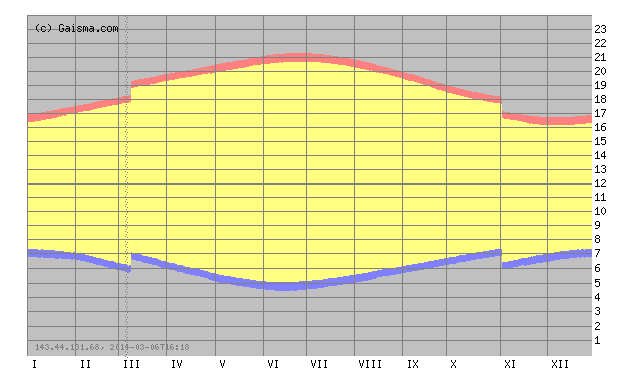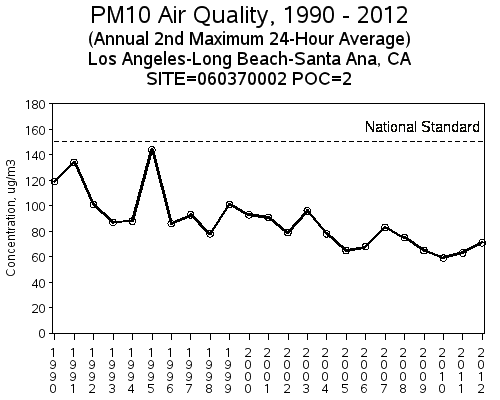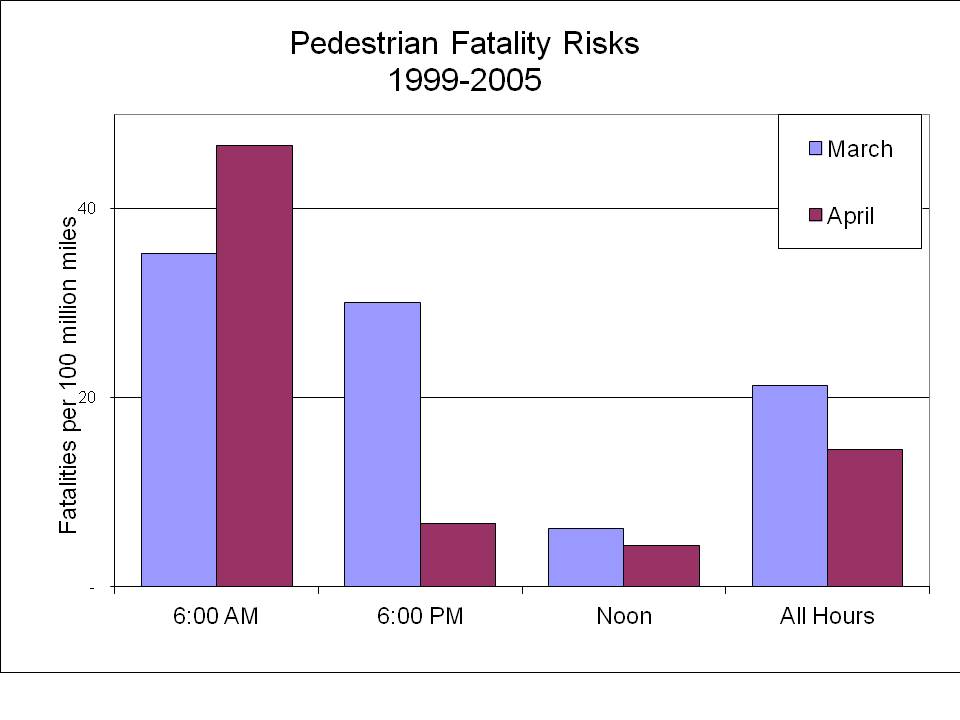Those of you who follow this blog have probably noticed that I (a) study mortality risks, and (b) that I have something to say about how those mortality risks change when the clocks spring forward and fall backward. This fall is no exception, as I am quoted in a blurb on the Time magazine blog about how things are about to get more dangerous late in the day as a result of the time change.
Behold!: The break in the series starting in month 11:
That’s daylight for Appleton, Wisconsin, from the remarkable Gaisma.com site. Starting Sunday it is going to be dark at 5 p.m. meaning that you are far more likely to get hit by a car at 5 p.m. next week than you are this week. When I say “far more likely,” our estimate is that the risk is about three times as high!
Of course, you are also far less likely to get hit at 6 a.m. in the extremely unlikely event that you are out 6 a.m. But, notice, but January 1 the sun won’t rise until after 7 a.m., and if DST was permanent, that would be 8 a.m. Sunlight is the ultimate scarce resource.
Here is our previous coverage.





 In this, the 500th post on the Lawrence Economics Blog, we bring you a
In this, the 500th post on the Lawrence Economics Blog, we bring you a